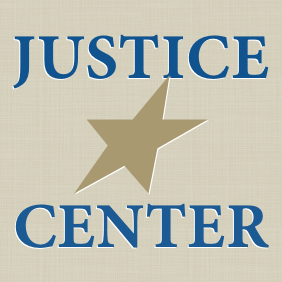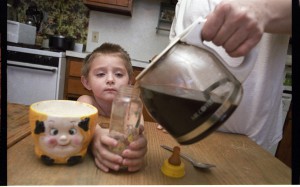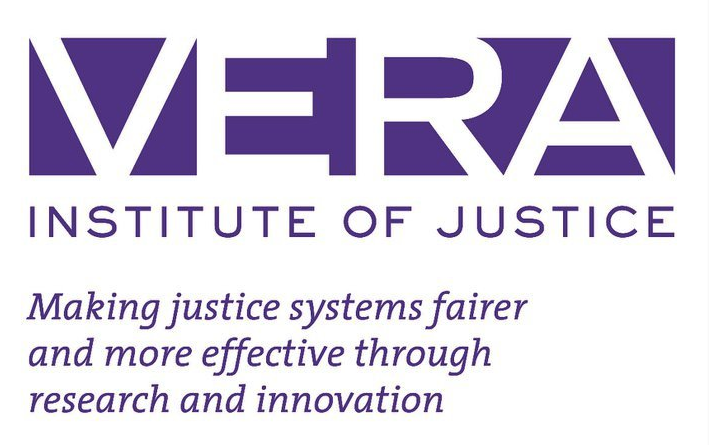10 Twitter Accounts to Follow for Juvenile Justice News
By Cecilia Bianco, August 11 2014
To stay up to date on juvenile justice news, consider using Twitter. There are several accounts 
that will keep you up to date on all the news and events you need to know about!
Here are ten of the best, most informative accounts for juvenile justice news:
- @JJIE: The Juvenile Justice Information Exchange is the only U.S publication that features daily coverage of juvenile justice and related issues around the nation.
- @JusticeforYouth: The Campaign for Youth Justice advocates for juvenile justice reform by providing support to federal, state, and local campaigns.
- @JusticeReform: The Justice Fellowship works to reform the criminal justice system so communities are safer, victims are respected and offenders are transformed.
- @JuvenileCrime: The Global Youth Justice Organization are “juvenile crime champions” that work to prevent the escalation of juvenile crime and incarceration rates around the world by advancing the global expansion of quality youth justice and juvenile justice diversions programs.
- @SentencingProj: The Sentencing Project has been working for a fair and effective U.S. criminal justice system since 1986.
- @JuvLaw1975: The Juvenile Law Center is a nonprofit law firm working nationally to shape and use the law on behalf of children in the child welfare and justice systems.
- @AntiRecidivism: The Anti-Recidivism Coalition strives to improve outcomes of formerly incarcerated individuals and build healthier communities. ARC is a support network and advocate for fair and just policy.
- @NCJFCJ: The National Council of Juvenile and Family Court Judges works to ensure justice for every family and every child in every court throughout this country.
- @VeraInstitute: The Vera Institute of Justice focuses on making justice systems fairer and more effective through research and innovation.
- @CourtInnovation: Center for Court Innovation is a nonprofit that helps courts and criminal justice agencies aid victims, reduce crime, and improve public trust in justice.
And don't forget to follow Reclaiming Futures!
Topics: Juvenile Justice Reform, Resources

 Juvenile Justice Reform
Juvenile Justice Reform Below you’ll find a selection of the latest grants, jobs, webinars and events posted to our Opportunity Board. Please share the
Below you’ll find a selection of the latest grants, jobs, webinars and events posted to our Opportunity Board. Please share the  The
The 
 A recent study in the
A recent study in the 




 Findings of a
Findings of a  Vera Institute of Justice’s
Vera Institute of Justice’s  This day long event was held at the Eisenhower Executive Office Building in Washington D.C. Additional guests engaging in this national debate included leaders from OJJDP, SAMHSA, NIDA, ACF, NIH, Department of Defense, Department of Agriculture, legislative aids, researchers, and many others from around the nation, including Reclaiming Futures National Executive Director, Susan Richardson.
This day long event was held at the Eisenhower Executive Office Building in Washington D.C. Additional guests engaging in this national debate included leaders from OJJDP, SAMHSA, NIDA, ACF, NIH, Department of Defense, Department of Agriculture, legislative aids, researchers, and many others from around the nation, including Reclaiming Futures National Executive Director, Susan Richardson. Almost
Almost